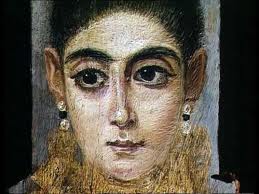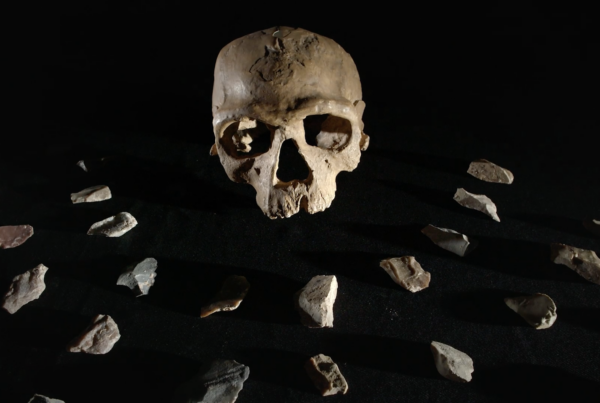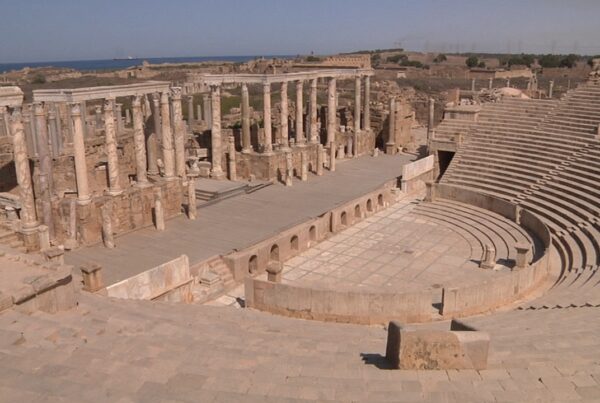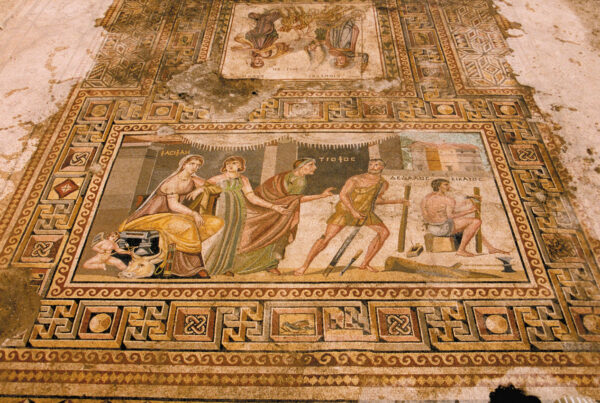Egypt’s dry sand in the region of Fayum, Memphis, Philadelpheia, Arsinoe and Antinooupolis preserved nearly one thousand burial portraits of the first centuries of our era. The portraits, of people who lived in Greco-Roman Egypt, were fixed on their mummies. They are even more exceptional in that they constitute the only available evidence on Greek painting techniques, since the rest of ancient Greek non-mural painting has practically vanished. The portraits were painted by the encaustic method on wood or sometimes by tempera on the shroud. These portraits present astonishing stylistic traits, which turn them at the same time into ancestors of icons and the first stages of a style of naturalist portrait which will reappear on many occasions throughout history. It is obvious that some were painted while the subject was alive, while others from memory. Some express a brilliant realism while others are simpler, schematic, almost “cubist”. Others still are of a rather naïve, more popular style. All the techniques which will, later on during the Renaissance, be rediscovered, in order to make a portrait more lifelike, are already present: shading, plasticity, reflection of the eyes or lips, expression of character or of emotions. We were able to reconstitute very precisely the techniques of hot or cold wax as well as the traditional four colour palette of the Greeks. Nevertheless, quite a few archaeological mysteries remain: Greek portraits of dead Egyptians bejewelled with roman jewellery, the portraits of Fayoum remain difficult to place in the history of art. André Malraux saw in these funerary portraits a “night light of eternal life”. They were exhibited at the British Museum (“Ancient Faces”, until July 19, 1999).
- Direction: ALAIN JAUBERT
- Production: LA SEPT ARTE- PALETTE PRODUCTIONS







